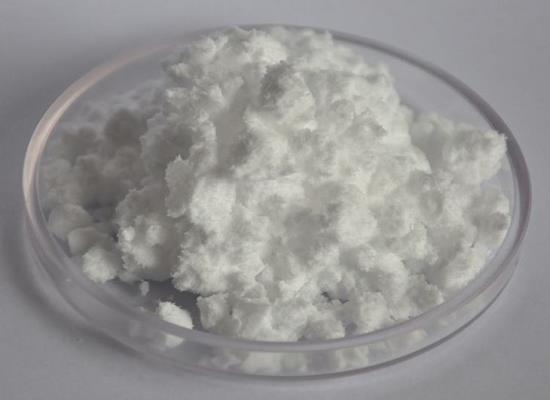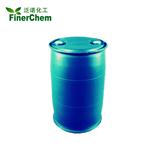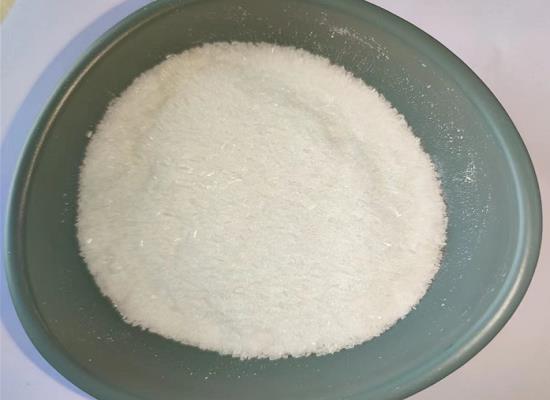2-Hydroxyethanesulphonic acid: Overview, Versatile Applications and Detection Method
Nov 12,2024
General Description
2-Hydroxyethanesulphonic acid is a versatile sulfonic acid with a wide array of applications. Its molecular structure, characterized by a hydroxyl group and sulfonic acid group, enables diverse chemical reactions and formulations, making it valuable for various industries. Specifically, it serves as an additive in electrochemical devices and electrolytic solutions, enhancing performance properties and stability in electrodes. Moreover, 2-Hydroxyethanesulphonic acid plays a crucial role in the production of acyloxyalkanesulfonic acids, improving final product quality. 2-Hydroxyethanesulphonic acid can be reliably detected using gas-liquid chromatography following methylation with diazomethane, enabling accurate measurement in biological samples. These applications underscore its significance in chemical manufacturing and its potential impact on various systems, highlighting its importance in industrial and biological contexts.

Figure 1. 2-Hydroxyethanesulphonic acid
Overview
Isethionic acid, 2-Hydroxyethanesulphonic acid, is the deaminated analogue of taurine. Its presence in biological material was first reported by Roechlin who found that it was the major anion of the axoplasm from the squid giant axon. He suggested that ISA might indirectly be responsible for the production of electrical phenomena in the nerve . Welty et al. proposed that taurine was the precursor of ISA. These workers apparently isolated substantial quantities of ISA from dog and rat heart tissues, by a gravimetric method involving the crystallization of ISA as its sodium salt from a hot aqueous extract of dog heart or rat heart. They later demonstrated the conversion of 35S-taurine to 35 S-ISA by dog heart slices. Later Peck and Awapara reported that very small amounts of isethionic acid could be formed from isotopically labelled taurine in rat heart and brain tissues.1
Versatile Applications
2-Hydroxyethanesulphonic acid has a wide range of applications in various industries. One key application is as additives in electrochemical devices and electrolytic solutions. These additives contain compounds with oxo acid ester bonds and sulfonic acid groups, providing enhanced performance properties. In the field of electrodes, 2-Hydroxyethanesulphonic acid additives are utilized to improve the efficiency and stability of the electrodes in various electronic devices. Moreover, in lithium secondary batteries and lithium ion capacitors, the electrolytic solutions or electrodes containing this acid demonstrate excellent high-temperature storage properties, charging/discharging cycle properties, and output properties. Additionally, 2-Hydroxyethanesulphonic acid plays a crucial role in the preparation of acyloxyalkanesulfonic acids through esterification processes. This method results in the production of fatty acid esters of isethionic acid or its salts, enhancing the quality of the final products by reducing the formation of byproducts and improving color and odor characteristics. Overall, the versatile applications of 2-Hydroxyethanesulphonic acid highlight its significance in enhancing performance and quality standards in electrochemical devices, batteries, capacitors, and chemical synthesis processes. 2
Detection Method
Other workers have suggested that the conversion of taurine to 2-Hydroxyethanesulphonic acid(isethionic acid, ISA) in myocardial cells facilitates the retention of intracellular calcium or potassium ions . The major difficulty of studying the function of ISA has been the lack of a good analytical procedure for its detection and quantitation.
A gas-liquid chromatographic assay has been developed to measure 2-Hydroxyethanesulphonic acid after methylation with diazomethane. The identity of the products o£ methylation has been confirmed by mass-spectrometry and nuclear magnetic resonance spectroscopy. The method was used to measure isethionic acid in rat heart, dog heart and rat brain. The assay was validated by measuring isethionic acid on squid axoplasm. We have been able to detect only trace amounts of isethionic acid in rat brain (0.2 mg/100g) and rat heart (0.1 mg/100g). None was found in dog heart.3
References:
[1] MOHAMED A. REMTULLA. Analysis of isethionic acid in mammalian tissues[J]. Life sciences, 1977, 20 12: 1925-2110. DOI:10.1016/0024-3205(77)90182-5.
- Related articles
- Related Qustion
- 2-Hydroxyethanesulphonic acid: natural occurrence, activity and safety Oct 26, 2023
2-Hydroxyethanesulphonic acid is a natural compound found in marine organisms, used in industries and studied for its role in regulating mitochondrial calcium levels.
- What is Isethionic Acid? Jan 19, 2020
Isethionic Acid is an important anion which could be found in animals or persons. A lot of researchers have done some studies about isethionic acid.
Supplementation with pyridoxal 5'-phosphate monohydrate can synthesize neurotransmitters such as dopamine and serotonin, maintaining a healthy nervous system.....
Nov 4,2025Biochemical EngineeringLemborexant promotes sleep by targeting orexin receptors, with good tolerability in adults. Caution advised for respiratory issues and potential drug interactions require careful management.....
Mar 29,2024API2-Hydroxyethanesulphonic acid
107-36-8You may like
2-Hydroxyethanesulphonic acid manufacturers
- 2-Hydroxyethanesulphonic acid
-

- $0.00 / 1G/KG
- 2025-12-12
- CAS:107-36-8
- Min. Order: 1G/KG
- Purity: 99%
- Supply Ability: 100MT
- 2-Hydroxyethanesulphonic acid
-

- $0.00 / 200KG
- 2025-12-12
- CAS:107-36-8
- Min. Order: 1KG
- Purity: ≥99%
- Supply Ability: 500mt/year
- 2-Hydroxyethanesulphonic acid
-

- $10.00 / 1KG
- 2025-12-11
- CAS:107-36-8
- Min. Order: 1KG
- Purity: 99%
- Supply Ability: 10 mt






